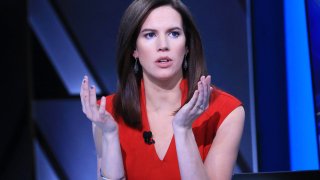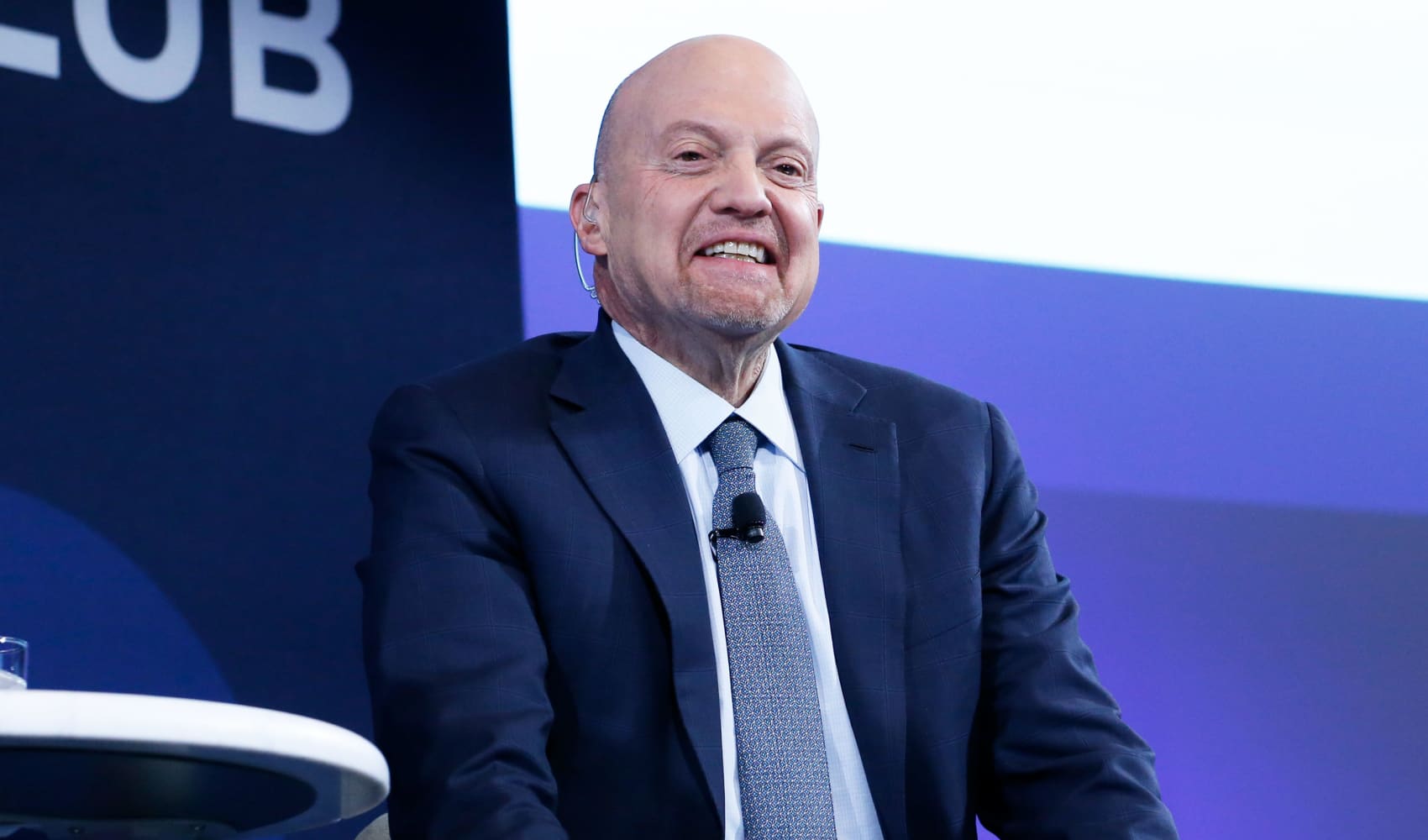
It's ironic that people spent the weekend on Twitter following Balaji Srinivasan's bold bet on hyperinflation, because the very opposite is the bigger risk once again for the U.S. economy. And another rate hike this week will only increase the odds of a deflationary outcome.
The argument that "the Fed shouldn't let a banking crisis deter it from needed rate hikes" completely reverses the cause-and-effect that's playing out here. The banking crisis happened because the Fed had to tighten so quickly, which happened because they way overstimulated in the first place! The deeply inverted yield curves were a warning that something bad was coming and that policy was moving too far, too fast. Officials simply chose to ignore that--and even now sound as if they might ignore the resulting bank crises, too.
Let's not forget that it was the excessive Fed and fiscal stimulus post-Covid that gave us too much of everything--money, inflation, bank deposits, new companies, jobs--and now we have to unwind it. If the Fed had started tightening sooner, as we kept arguing, they could have avoided the severity of these rate hikes. They did not, because they always focus on lagging data, not forward-looking market projections that have proven reliable over the decades.
And right now, believe it or not, the market is warning that the Fed is about to miss its inflation target--to the downside. The breakevens now imply that inflation will average a mere 2.1% over the next five years, barely above the Fed's 2% target. The series reached as high as 3.5% last March, when the Fed had only just begun to hike, but has steadily declined since. Even the upward creep we saw over the past few months has now been decidedly reversed.
We're making it easier for you to find stories that matter with our new newsletter — The 4Front. Sign up here and get news that is important for you to your inbox.
Similarly, consumers' expectations of inflation have kept dropping. Their year-ahead inflation expectations are quickly reversing the Covid surge, falling to 3.8% on Friday (they're always a little higher than the actual inflation rate). Five-to-ten year expectations dropped as well, to 2.8%. Last Friday we also saw another decline in the index of leading indicators--for the 11th month in a row--and the 6.5% year-on-year drop we are in has never happened outside of recessions.
Obviously, a recession is going to loosen the labor market, unwind wage pressures, soften housing and rent prices, and further remove upward pressure on inflation. Whether it begins next month, or in two or three or four months, should not matter in terms of the Fed's response here, which should obviously be to cut or at least pause rate hikes. The more they hike now, the more they'll end up cutting anyway; the market as of Friday already had the Fed funds rate below 4% by January, implying around 75 basis points of rate cuts by then--or more, if they keep hiking first.
And this is why tech stocks, Bitcoin, and similar "liquidity momentum" trades have taken off again. The market knows the Fed can't keep tightening, and will soon have to ease to support the economy. It's all very reminiscent of the 2010s, when we had chronically low growth and deflationary concerns--not hyperinflation--for more than a decade post-financial crisis. Apparently, the Fed wants to put us through that entire experience all over again.
Money Report
See you at 1 p.m...
Kelly
P.S. Thanks to Lars Christensen for being first to flag this.
Click HERE to sign up for this newsletter in one easy step.
To hear this as a podcast, subscribe to "The Exchange" and pick "From the desk of..."






